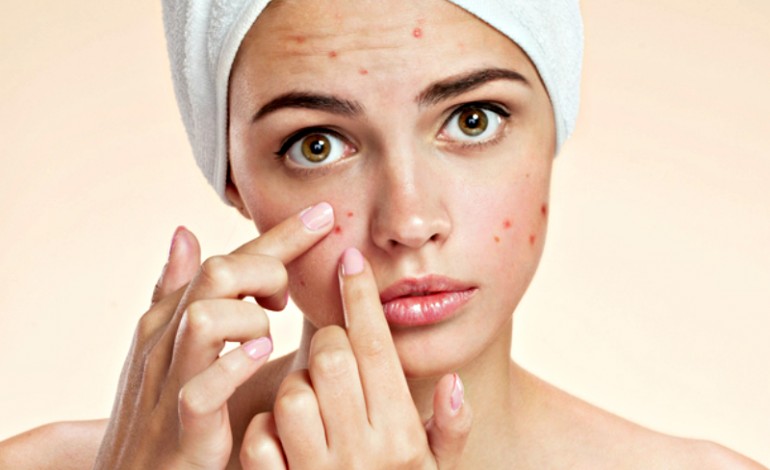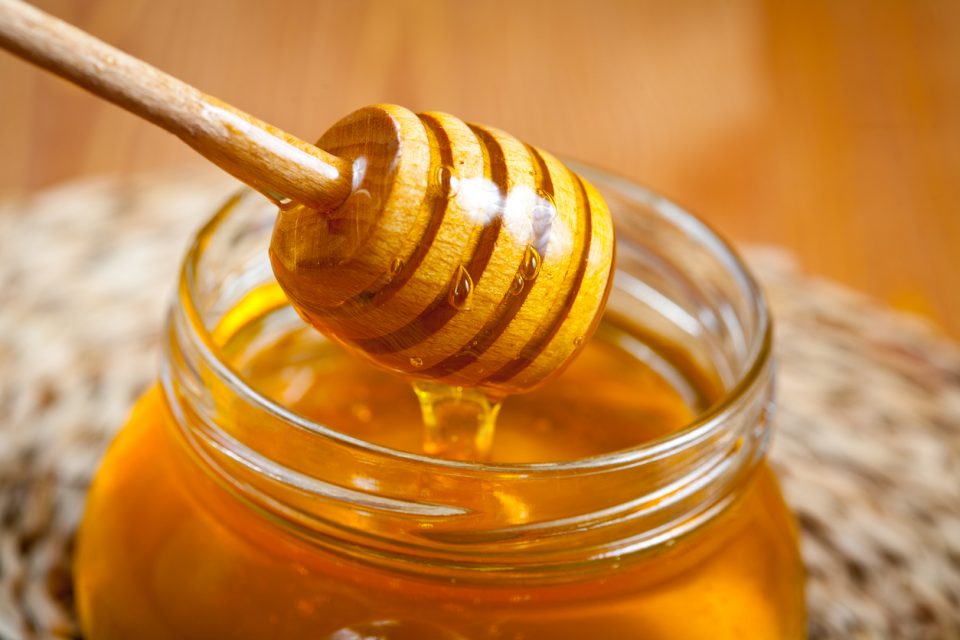“Honey for Acne” Best Home Remedies For Skin Care
How honey treats acne:
Honey is an antiseptic: An antiseptic prevents the growth of disease causing organisms, AKA the bacteria in your pore. Honey releases low levels of hydrogen peroxide that disinfects your skin. Additionally, It’s high sugar concentration and acidic properties impair bacteria’s ability to replicate. Applying an antiseptic to a fully developed pimple or a whitehead can stop the infection in your pore from getting worse.
Honey also has anti-inflammatory qualities that help prevent the swelling and redness that can come from acne. Finally, for those with dry skin, honey is a natural humectant, which preserves moisture in your skin and can prevent some peeling and dryness that other acne treatments can cause.
The bad news about honey and acne:
Bacteria is only part of the equation of acne breakouts. A pimple occurs because your pore is clogged. Many times the bacteria builds up because your pore doesn’t drain your naturally produced oil. The oil rich environment in your pore creates an environment for the bacteria to flourish. While honey may be effective at diminishing the bacteria it reaches, if your pore is clogged, there’s no way for the honey to get inside and do its job.
May You Like:
Natural Remedies For Oily Skin Treatment
Use the best over-the-counter treatment… BPO:
Because of this issue of getting within the follicle, benzoyl peroxide (BPO) is a better over-the-counter alternative for treating acne. BPO is more effective at getting within the follicle, where it releases oxygen molecules that immediately kill most the bacteria. BPO can be harsher on your skin, especially if you dry easily. If this is the case, you can use a facial moisturizer to help alleviate pealing.
Directions:
If you still want to give honey a try, here are the best practices:
- Use raw honey, which can be found at your local food store. Be sure to avoid the honey in the plastic bear or other processed honey products, which can irritate your skin and make your acne worse.
- Wash your face first with a mild soap and lukewarm water. Use your fingertips to massage your mild soap into your skin; don’t use a towel or scrub (this causes irritation).
- Apply the raw honey to your face before your skin dries. While your face and hands are still wet, gently massage the raw honey into four skin and allow it to stay on for at least a couple of minutes
- WARNING: if you’re allergic to bees, it might be a good call to avoid a honey mask.



